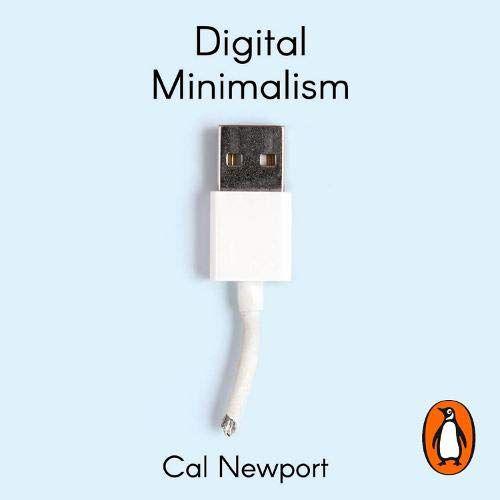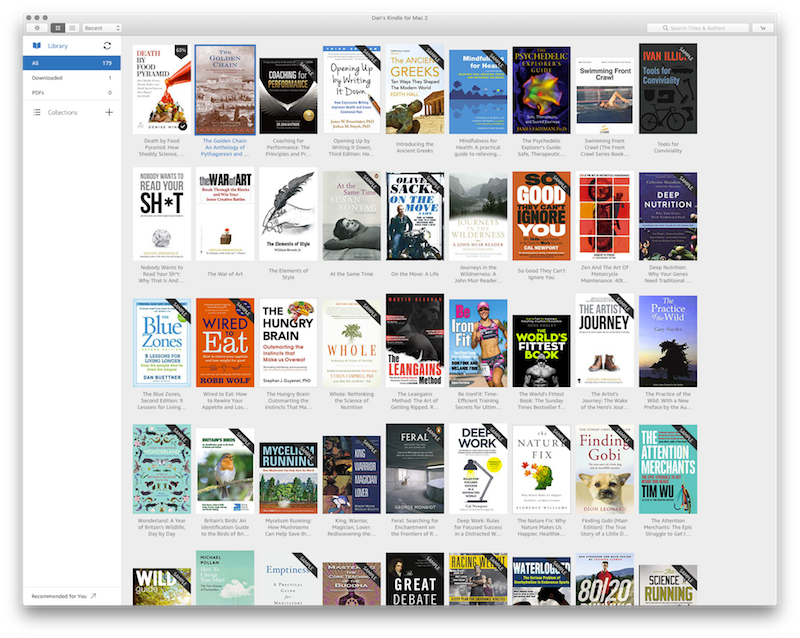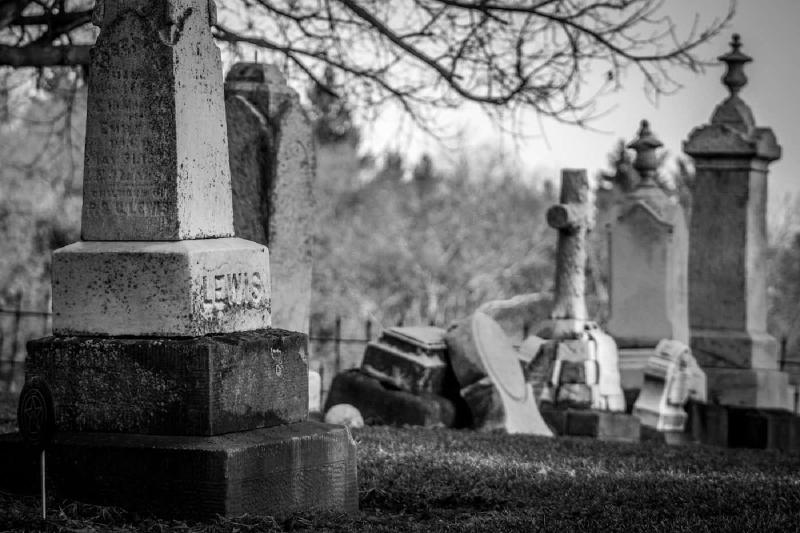Productivity
The hidden cost of self-optimisation
We usually reserve the term objectification for the process of sexually objectifying a person. When we do this, we can only see them as an object of desire or aversion.
But there is a wider meaning to the term. It includes any way of seeing ourselves or others as a tool—a means to an end.
Relating to yourself in this way might be useful for ramping up your work performance or training for a race. It helps you see things through a performance lens, bolstering strengths and identifying weak spots. The more you can optimise and perfect these qualities, the better you perform.
Tend to your state and good things follow
A few days ago, I was struggling after lunch.
Tense and tired, I tried to pry a few more tasks from my to-do list. If I could just squeeze those out, the day would be a success, and then I could finally rest.
It didn’t work. I managed a little more, but it was low quality. It left me feeling drained and unsatisfied.
Yesterday, the same impulse arose—to push through. Instead, I paused and took the dog for a long walk.
Digital minimalism: Two years on
In November 2020, I read Digital Minimalism by Cal Newport and decided to try what Newport calls a Digital Declutter. This is a 30-day cleanse of your attention, with thankfully no colonic in sight.
I wrote about my experiences in Digital minimalism in action: the 30-day digital declutter. In that post, I shared my struggles, what worked and the simple changes that had the biggest impact.
I considered the experiment a success. But that was nearly 2 years ago. How much of it am I still practising now?
How to delete Facebook
1. Realise you’re sick of it
Even before my 30-day digital declutter, I hadn’t really used Facebook in months. I increasingly felt like it offered nothing and just filled up my attention with things I didn’t really care about. Since then I only checked in on it once or twice and each time there were 20+ “pretend” notifications that felt like Facebook was getting really needy. Time to cut the cord.
Digital minimalism in action: the 30-day digital declutter
2023 note. I’ve published a two-year follow up to this experiment: Digital Minimalism: Two years on.
In November 2020 I started reading Cal Newport’s Digital Minimalism: Choosing a Focused Life in a Noisy World. Newport’s compelling writing style alongside the logic of his argument quickly moved me into action and I decided to embark on what he calls a 30-day Digital Declutter.

The philosophy of digital minimalism is not simply to rid ourselves of technology but to be clear on what we use and why, so that we can free ourselves of the compulsive use that apps are so effective at fostering. This is not a case of simply removing a few apps, but instead:
Learn more and blog better with Readwise

My Kindle is one of my favourite gifts from my wife. I resisted the idea of an electronic reader for a long time, but after seeing Gina use hers on holiday and at home, my curiosity grew.
Besides the convenience, a big selling point for me was highlighting—being able to select and save passages from what I was reading. I rarely read without taking notes, so being able to save and review notes digitally was an irresistible proposition.
Organising your blogging with Trello and Sublime Text
Organising anything with Trello is a joy:
- Web and mobile versions of Trello mean you can easily edit your projects from anywhere. A lot of writing apps aren’t so portable.
- Simple to use: intuitive, visual and very low barrier to entry
- All backed up to The Cloud ☁️
- Really easy to drag and drop images into cards, as well as adding checklists
- It’s freeeeeee
You might use Trello to manage projects, weddings, holidays… but a blog?
6 unfounded fears about writing & publishing online
It’s been five months since I launched this blog. I’ve written 14 articles, generated a whopping £2.68 in Amazon referral fees, and built a staggering 19-strong subscriber list.

But I wasn’t an overnight success. It’s taken me a long time to get to the point of publishing these posts. For years, I amassed notes and shared nothing. I was held back by a multitude of fears that pin most people down when they consider sharing their creative work.
Reading obituaries
I recently read Austin Kleon’s Show Your Work! It’s a short book of excellent advice on getting your creative work out there, and particularly on sharing your ongoing creative process rather than just presenting your final product.
Early on Austin talks about the habit of reading obituaries each morning as a gentle way of re-focusing on what’s truly important to you.

I have many weird habits as it is so I was happy to add this to the heap.
Change the behaviour, keep the reward
We are what we do, consistently: our days are strung together through the momentum of our habits, both good and bad.
Well-intentioned habits can easily become stale or harmful, so being able to spot and remodel them is perhaps one of the most valuable life skills we can learn.
A habit is automatic: it often flashes past our eyes before we know what’s happening. But with a little amplification of awareness, we can break the habit down into three parts:
10 reasons why I’m not drinking this Spring
It’s already been 2 weeks since I had my last drink, and for the next 3 or so months, I won’t be drinking any alcohol.
So far my war medals include surviving an afterparty with a free bar, living with 6 bottles of leftover wedding wine, and managing to eat a delicious leg of lamb without a red wine chaser. I know, right? #FirstWorldProblems

But why?
I’m not here to preach or convince you—these are just my reasons for trying Sober Spring, with a little extra information thrown in for the curious.
When choice turns to compulsion
When our own choices turn to compulsions, we suffer a loss of meaning.
It’s when “I choose to” becomes “I should” or “I have to”.
Perhaps a habit felt great at first, but now we’re squeezing everything possible out of it. Perhaps our situation has changed.
Regardless, the inner judge takes up the war cry, constantly nagging and attacking. Keep moving, keep pushing, this is important. It can easily become a cruel tyrant, a thoughtless momentum.
Act, or don't—the key to productivity
Some decisions are really tough.
Especially those that involve challenge, risk, and the potential for failure.
As a result, we are swamped in doubt. Fear. Hesitation. Guilt. Frustration.
The end result is often an awkward stumble in no particular direction.
It seems so complicated. There’s so much to weigh up. How will I know if it’s the right decision?
It’s not complicated. In fact, there are only two options: Act or don’t.